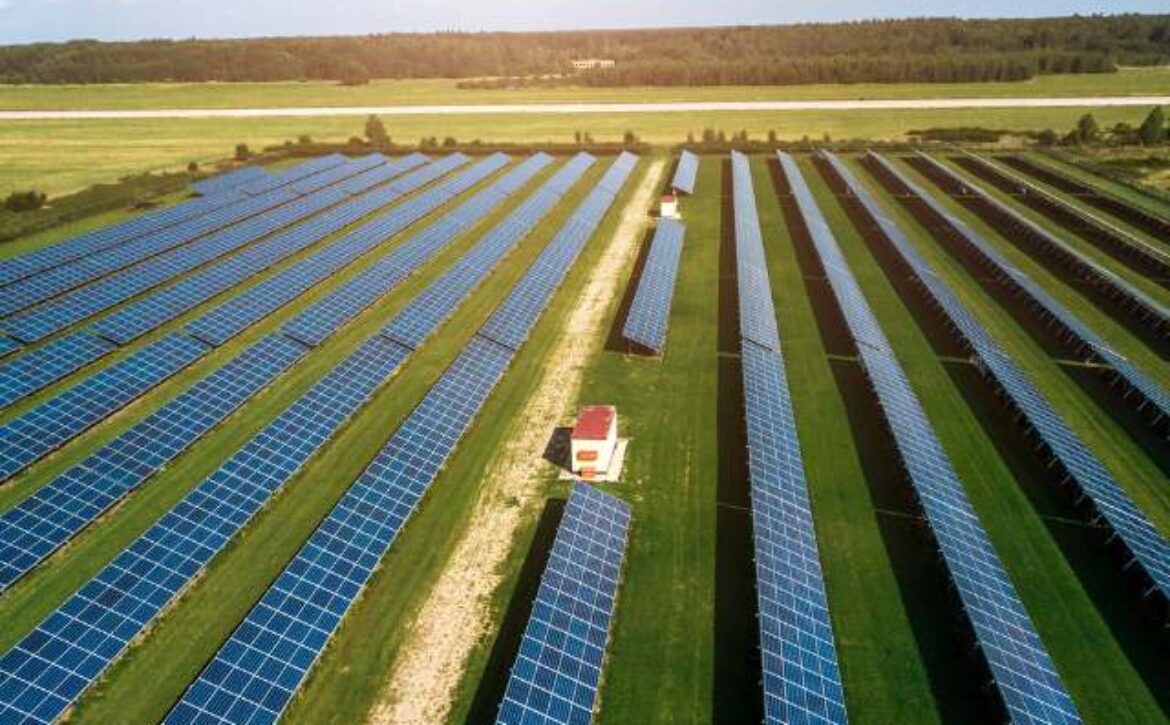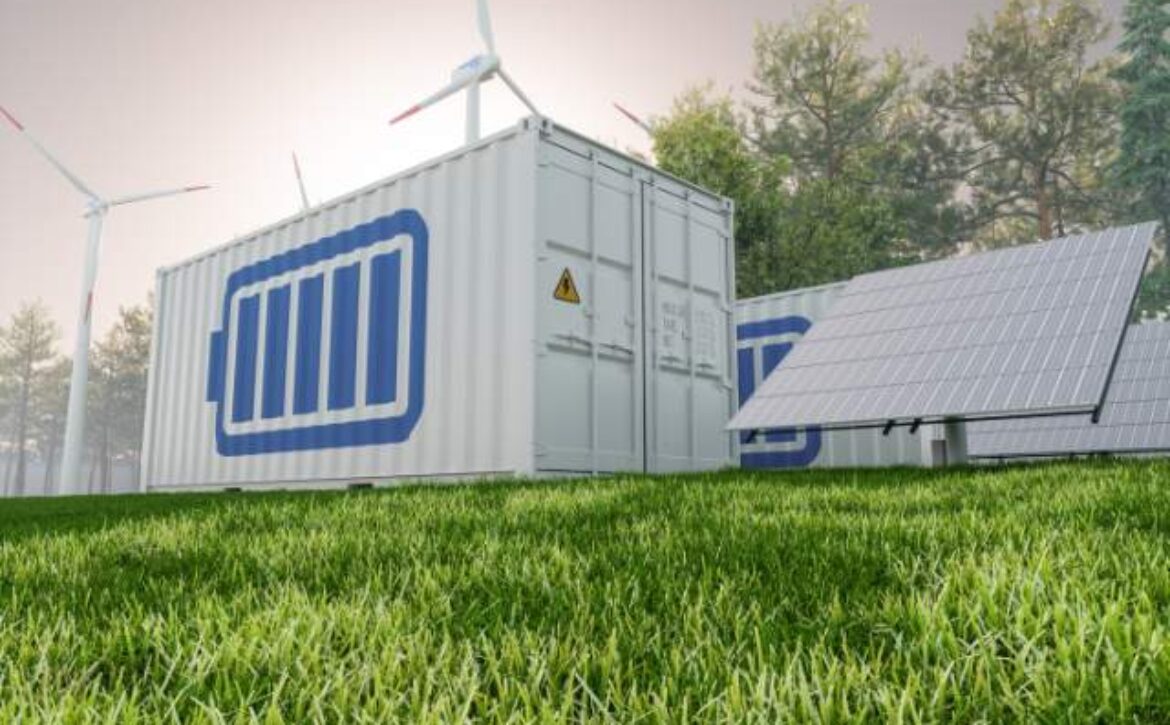Harnessing Innovation: How Standardization Fuels the Microgrid Revolution in Energy Transition
Standardization plays a crucial role in accelerating the adoption and integration of microgrids into the energy transition. Microgrids are localized energy power plants that can operate independently or in conjunction with the main power grid. Standardization in the context of microgrids involves the development and implementation of common technical specifications, protocols, and guidelines that ensure interoperability, reliability, and safety. Here’s how standardization can help accelerate the energy transition through microgrids:
Interoperability: Standardization ensures that different components of microgrids, such as generators, energy storage systems, and control systems, can seamlessly work together. Interoperable systems make it easier to integrate new technologies into existing microgrids and promote compatibility between various vendors’ products. This flexibility encourages innovation and the adoption of advanced technologies, helping microgrids to evolve and improve over time.
Grid Integration: Standardized communication protocols enable microgrids to interact with the main power grid efficiently. This facilitates the integration of microgrids into the larger energy infrastructure, allowing for better coordination and balance between decentralized and centralized energy sources. Standardization ensures a smooth exchange of information and power between microgrids and the main grid.
Safety and reliability: Establishing standards for design, construction, and operation of microgrids helps ensure the safety and reliability of these systems. Consistent safety protocols reduce the risk of accidents, such as electrical failures or fires. Reliability standards contribute to the stability and dependability of microgrid operations, fostering trust among users and grid operators.
Scalability: Standardization facilitates the replication and scalability of microgrid projects. When there are established standards, it becomes easier to replicate successful microgrid models in different locations and under various conditions. This scalability is essential for achieving widespread adoption of microgrids and contributing to a more decentralized and resilient energy system.
Cost Reduction: Standardization often leads to economies of scale. With widely accepted technical standards, manufacturers can produce components in larger quantities, leading to cost reductions. Additionally, standardized systems simplify the design and installation processes, reducing overall project costs.
Technology Innovation: Standardization encourages innovation by providing a common framework for collaboration. Researchers, developers, and industry stakeholders can focus on improving specific aspects of microgrid technology without being hindered by compatibility issues. This fosters a more dynamic and innovative ecosystem.
Standardization is a key enabler for the successful deployment and widespread adoption of microgrids, contributing significantly to the overall acceleration of the energy transition toward a more sustainable and resilient energy system.
Gridscape’s Microgrid BESS Box, adhering to standardized practices, stands out as a noteworthy example of how specific technologies contribute to the scalability and rapid deployment of microgrids:
Gridscape’s Microgrid BESS Box: Standardizing Scalability and Deployment
Standardization Implementation:
The Microgrid BESS Box from Gridscape aligns with established technical standards, ensuring seamless integration with various microgrid components. Its compatibility with standardized protocols enhances interoperability and allows for the easy incorporation of cutting-edge technologies.
Scalability:
By adopting standardized practices, Gridscape’s Microgrid BESS Box facilitates the replication of successful microgrid models. This scalability ensures that the benefits and functionalities of the Microgrid BESS Box can be efficiently reproduced in different locations and diverse operating conditions, contributing to widespread adoption.
Fast deployment:
The standardized design and interoperability features of the Microgrid BESS Box simplify the installation process. The ‘product bases’ standardized components allow for faster deployment, reducing the time required for setup and configuration. This agility is crucial for meeting the growing demand for rapid microgrid implementations.
Enhanced reliability and safety:
As a standardized component, the Microgrid BESS Box contributes to the safety and reliability of microgrid systems. Its adherence to established standards ensures consistent safety protocols, mitigating the risks of accidents and enhancing the overall dependability of microgrid operations.
Regulatory compliance:
Gridscape’s commitment to standardization with the Microgrid BESS Box aligns with regulatory frameworks, making it easier for authorities to approve and integrate these systems into existing energy infrastructure. This compliance streamlines regulatory processes, encouraging widespread acceptance and investment in microgrid technologies.
In summary, Gridscape’s Microgrid BESS Box, through its adherence to standardized practices, not only exemplifies the importance of standardization but also actively contributes to the scalability and rapid deployment of microgrid solutions, thereby accelerating the broader energy transition.






